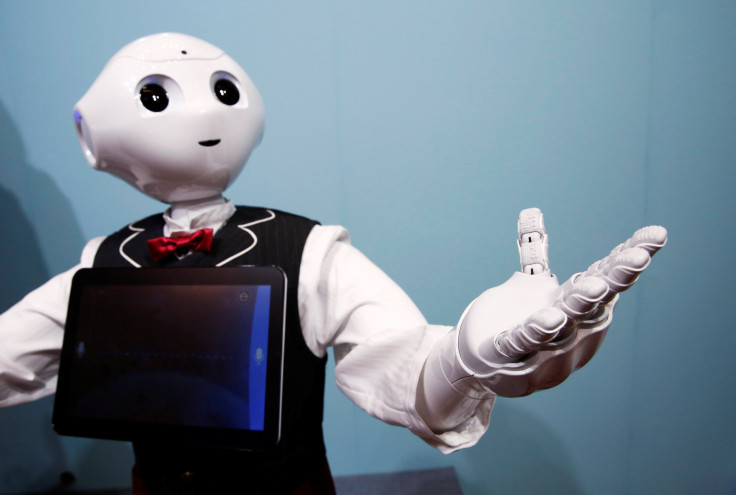Shape-shifting Terminator T-1000 robot may soon be a reality

Revolutionary self-propelling liquid metals are slowly bridging the gap between science fiction and reality. Shape-shifting Terminator T-1000 robot may soon be a reality after scientists have announced a liquid-metal breakthrough. It may be possible to develop a 3D liquid metal humanoid, researchers said.
Researchers have created pumps and switches that operate by themselves out of a liquid metal alloy. The technique may well be used to develop electronic devices that will act as living tissue. The researchers from Melbourne’s RMIT University started experimenting by putting a drop of liquid metal into water. They discovered they were able to make primitive machines.
“Putting droplets in another liquid with an ionic content can be used for breaking symmetry across them and allow them to move about freely in three dimensions, but so far we have not understood the fundamentals of how liquid metal interacts with surrounding fluid,” professor Kourosh Kalantar-zadeh said in a statement.
The scientists investigated the effects after adjusting “concentrations of acid, base and salt components in the water.” The liquid metal droplets started to move and change shape by tweaking the water’s chemistry. They did not even need any optical, electronic or mechanical stimulants to do so.
The study, published in Nature Communications, has laid the foundation for using “electronic” liquid metals to make 3D electronic components or displays on demand and also develop floating and makeshift electronics.
“Eventually, using the fundamentals of this discovery, it may be possible to build a 3D liquid metal humanoid on demand - like the T-1000 Terminator but with better programming,” Kalantar-zadeh added.
However, he also admitted that the kind of programming required to build a liquid metal robot would be way more complex than the current demonstrated method. Non-toxic alloys of gallium have so far offered the most-promising way to make this dream possible.
Source: YouTube/RMIT University





















